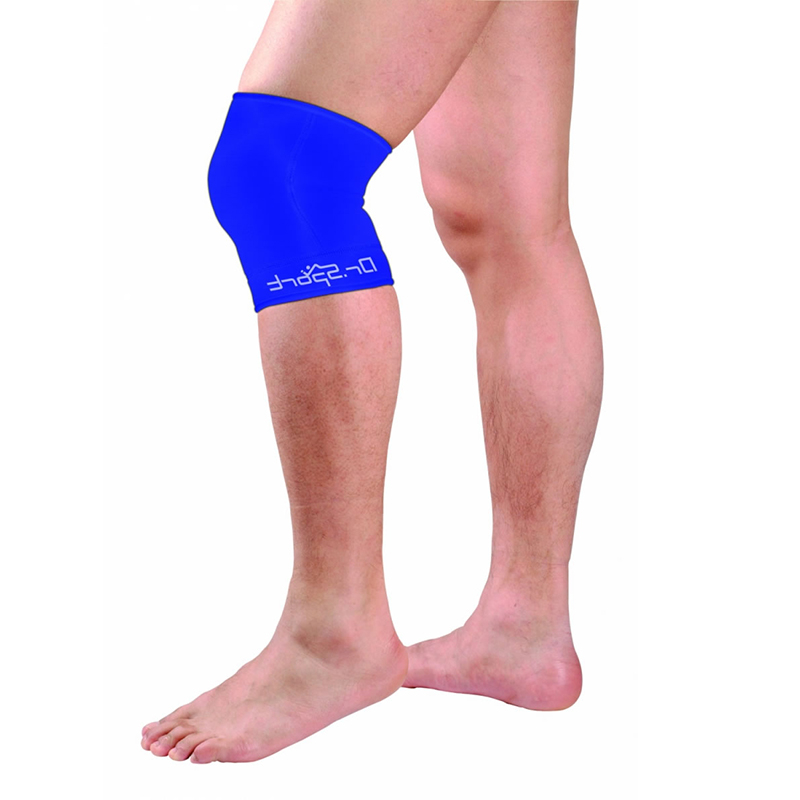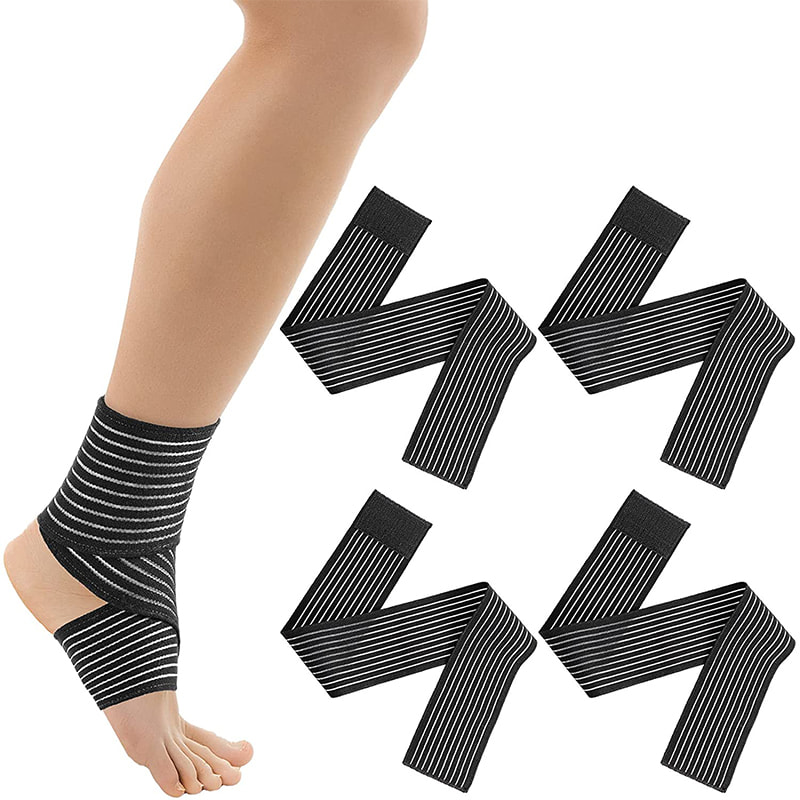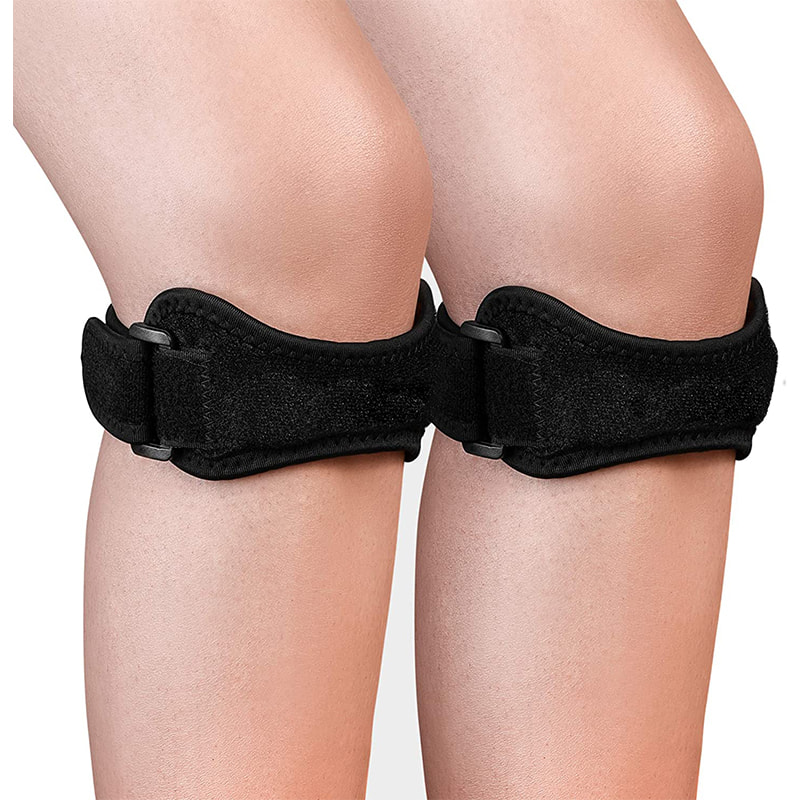There are several specific considerations for athletes using knee braces. These considerations can help ensure that the knee brace provides optimal support and protection without impeding performance. Here are some key points to keep in mind:
Type of Sport
Sport-Specific Requirements:
Different sports place varying demands on the knees. For instance, high-impact sports like basketball or football may require braces that provide substantial support and shock absorption, while sports with repetitive motion, like running or cycling, may benefit from more flexible and lightweight braces.
Range of Motion:
Sports that require a high degree of agility and range of motion, such as soccer or gymnastics, necessitate braces that allow for maximum mobility while still offering adequate support.

Injury Prevention and Protection
Preventative vs. Post-Injury Braces:
Athletes might use prophylactic braces to prevent injuries, especially in contact sports. Post-injury braces, such as functional braces, are designed to provide stability and support during recovery and return to play.
Specific Injury Considerations:
The type of knee injury (e.g., ACL tear, meniscus injury, patellar tendinitis) will determine the type of brace needed. Functional braces are often used post-ACL surgery, while patellar braces can help with tendinitis.

Fit and Comfort
Custom Fit:
Custom-fitted braces provide the best support and comfort, as they are tailored to the athlete’s specific knee shape and size. This can be particularly important for professional athletes or those with unique body mechanics.
Material and Breathability:
High-quality, breathable materials help to prevent excessive sweating and discomfort during intense physical activity. Lightweight and moisture-wicking fabrics are preferable.
Performance Impact
Balance Between Support and Performance:
Athletes need to find a balance where the brace offers sufficient support without significantly hindering their performance. Too rigid a brace might restrict movement, while too flexible a brace might not offer enough support.
Testing and Adjustment Period:
Athletes should test the brace during practice to get used to its feel and function, ensuring it doesn’t interfere with their performance before using it in competition.
Psychological Factors

Confidence and Mental Assurance:
Wearing a brace can provide psychological comfort and confidence, allowing athletes to perform without the fear of re-injury. However, reliance on the brace should not replace proper training and conditioning.
Compliance and Regular Use
Consistent Usage:
For the brace to be effective, athletes must wear it consistently during activities that put stress on the knee. Regular usage is crucial for both prevention and post-injury recovery.
Coordination with Other Treatments
Integrated Treatment Plan:
A knee brace should be part of a comprehensive treatment and conditioning plan that includes physical therapy, strength training, and proper warm-up and cool-down routines.
Consulting with sports medicine professionals, such as orthopedic surgeons or physiotherapists, ensures that the selected brace meets the athlete’s specific needs and is appropriately fitted and used.
By taking these considerations into account, athletes can effectively use knee braces to enhance their safety, support their recovery from injuries, and maintain high levels of performance.


 English
English Español
Español русский
русский Français
Français Deutsch
Deutsch By Admin
By Admin

























